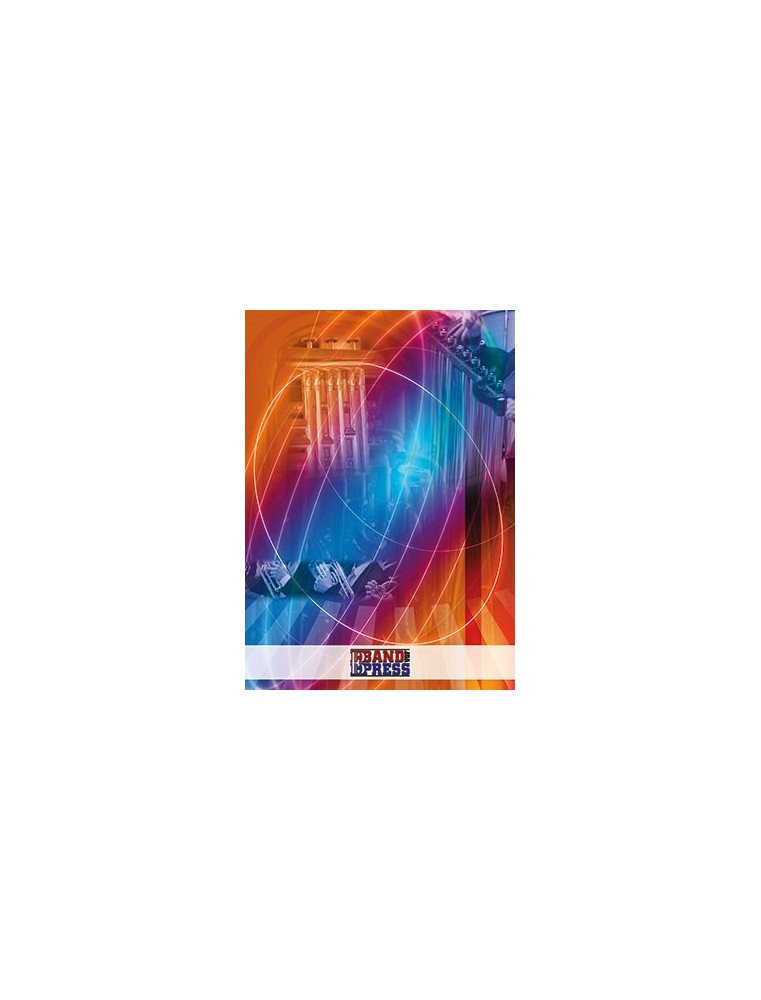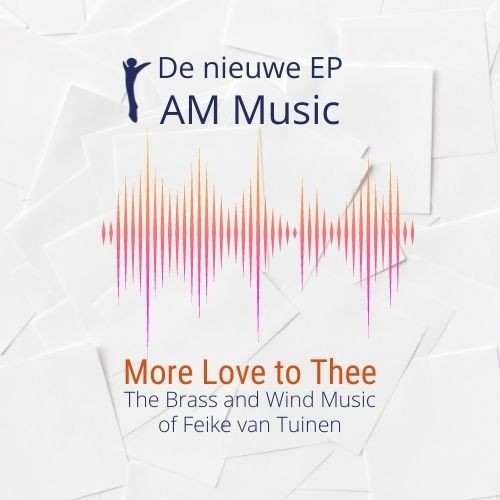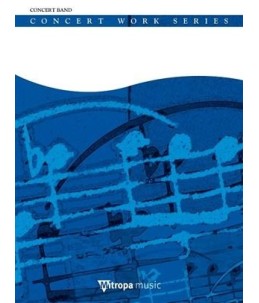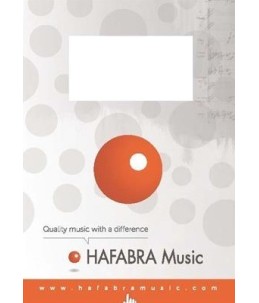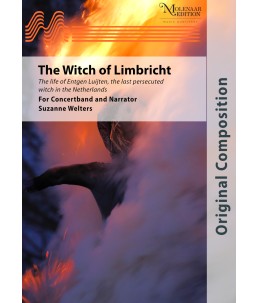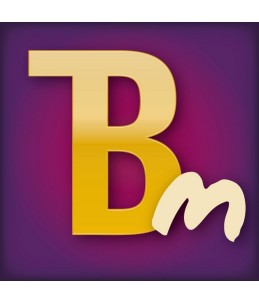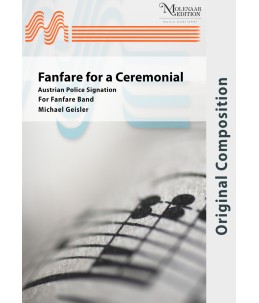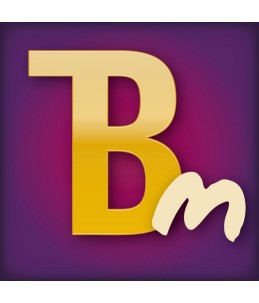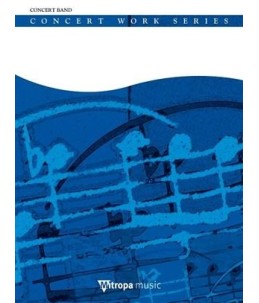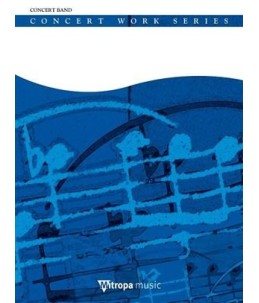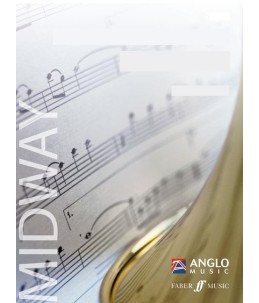In October 1897, Elgar, who by this time already had a number of comparative successes under his belt, wrote to Jaeger bemoaning the lack of financial reward he had received for his works. Within ten days of his letter to Jaeger, Elgar sent Novello's a short piece for violin and piano which he called Evensong. In the event, believing that French titles sold better, they published it as Chanson de Nuit. In March 1899, shortly after completing the orchestration of the Enigma Variations, Elgar sent Novello's another short piece for violin and piano as a companion piece to Evensong: Chanson de Matin.
In January 1901, Elgar sent Novello's orchestral arrangements of the two works. This helped accelerate their rising popularity and it is in this form that they are usually heard today. Chanson de Matin in particular retains a wide public affection because of the direct appeal of its pure melody. The orchestral version was first performed together with Chanson de Nuit at a Queen's Hall Promenade Concert conducted by Henry Wood on 14 September 1901. Chanson de Matin is a perfect little aubade, as fresh as morning dew and with that airy, out-of-doors quality that was Elgar’s secret. This fresh melodic appeal has made Chanson de Matin very popular and Elgar briefly quotes the melody in the second movement of his String Quartet in E minor of 1918.
